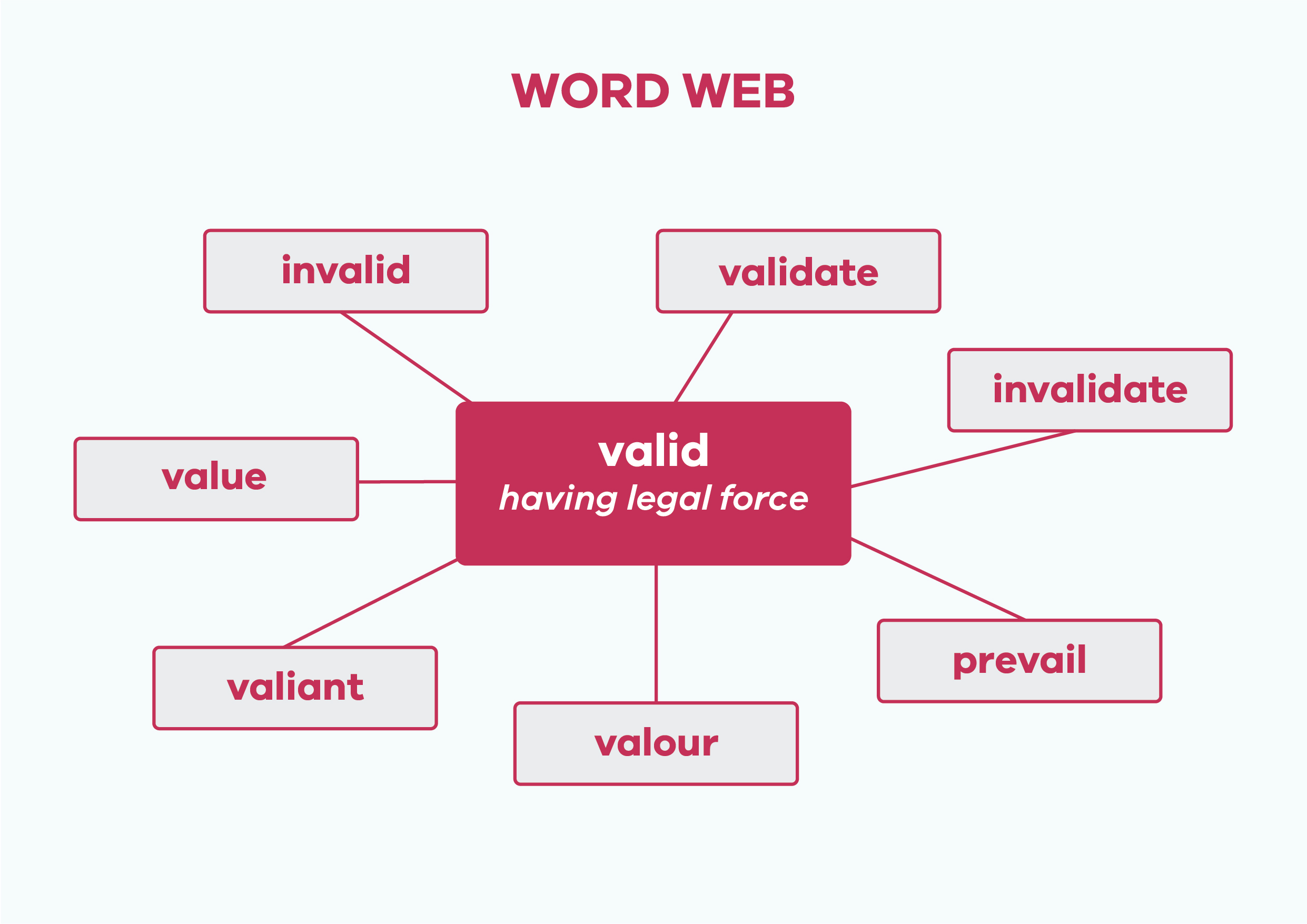
5 Forms to Abbreviate Managing Director
Introduction:
Being a managing director is a challenging yet rewarding role in any organization. To excel in this position, it’s essential to understand the different forms of abbreviation that can help streamline operations, enhance productivity, and foster better communication. In this article, we will explore five essential forms of abbreviation that every managing director should be aware of to achieve success in their leadership journey.
Abbreviation in Business: A Quick Overview
Abbreviations have long been a part of the business world, helping professionals communicate complex ideas and processes more efficiently. As a managing director, mastering the art of abbreviation is crucial to ensure that your messages are concise, clear, and easily understood by your team and stakeholders. Let’s dive into the five key forms of abbreviation that can revolutionize the way you operate as a managing director.
1. Acronyms: Simplifying Complex Terms
Acronyms are powerful tools that condense lengthy phrases into memorable abbreviations. As a managing director, incorporating relevant acronyms can streamline communication and create a unified language within your organization. For example, ROI (Return on Investment) and KPIs (Key Performance Indicators) are widely used acronyms that provide quick insights into business metrics. Ensure that the acronyms you use are well-known and understood by your team.
2. Initialisms: Clarity and Precision
Similar to acronyms, initialisms are abbreviations formed by the first letters of each word in a phrase. However, unlike acronyms, initialisms are not pronounced as words. For instance, CEO (Chief Executive Officer) and CFO (Chief Financial Officer) are common initialisms used in corporate settings. As a managing director, employing appropriate initialisms can enhance written communication, making it more efficient and professional.
3. Shortened Words: Informal but Impactful
Using shortened words or contractions is a more informal form of abbreviation. While they may not be suitable for formal business documents, they can be effective in emails, team chats, and casual discussions. For example, using “can’t” instead of “cannot” or “won’t” instead of “will not” can save time and add a friendly tone to your communication. However, exercise caution and maintain professionalism in official correspondences.

4. Abbreviated Titles: Easing Formalities
In the business world, long titles can be tedious and time-consuming to repeat regularly. Abbreviating job titles can not only simplify interactions but also create a sense of familiarity among team members. For instance, a Managing Director can be referred to as MD, and a Project Manager as PM. These abbreviations can be used internally, but it’s essential to ensure that external stakeholders understand them as well.
5. Symbolic Abbreviations: Conveying Meaning with Icons
Symbolic abbreviations involve using graphical representations to convey meaning. In today’s digital age, emojis and symbols have become an integral part of communication, adding emotion and context to messages. As a managing director, judiciously incorporating relevant symbols in your communication can add a human touch and enhance team engagement.
Frequently Asked Questions (FAQs):
Q: How do abbreviations benefit a managing director?
Abbreviations benefit managing directors by simplifying communication, saving time, and creating a common language within the organization. They enhance efficiency and ensure that messages are easily understood by team members and stakeholders.
Q: Are acronyms and initialisms the same?
No, acronyms are abbreviations formed from the first letters of a phrase that can be pronounced as words, while initialisms are also abbreviations formed from the first letters of a phrase but are not pronounced as words.
Q: Should I use abbreviations in formal business documents?
While acronyms and initialisms can be used in formal documents, shortened words and symbolic abbreviations are best reserved for informal communication.
Q: How can I ensure that my team understands the abbreviations I use?
It’s essential to introduce abbreviations gradually and provide explanations when needed. Conducting workshops or sharing a list of commonly used abbreviations can also be helpful.
Q: Can symbolic abbreviations be misinterpreted?
Yes, symbolic abbreviations can be misinterpreted, especially if they are unfamiliar or contextually unclear. It’s crucial to use symbols that are universally recognized and convey the intended message.
Conclusion:
Mastering the art of abbreviation is a valuable skill for any managing director. By incorporating acronyms, initialisms, shortened words, abbreviated titles, and symbolic abbreviations, you can enhance communication, streamline processes, and foster a more productive work environment. Remember to use abbreviations judiciously, ensuring they are well-understood by your team and stakeholders. Embrace the power of abbreviation, and you’ll find yourself navigating the challenges of managing directorship with ease and confidence.

